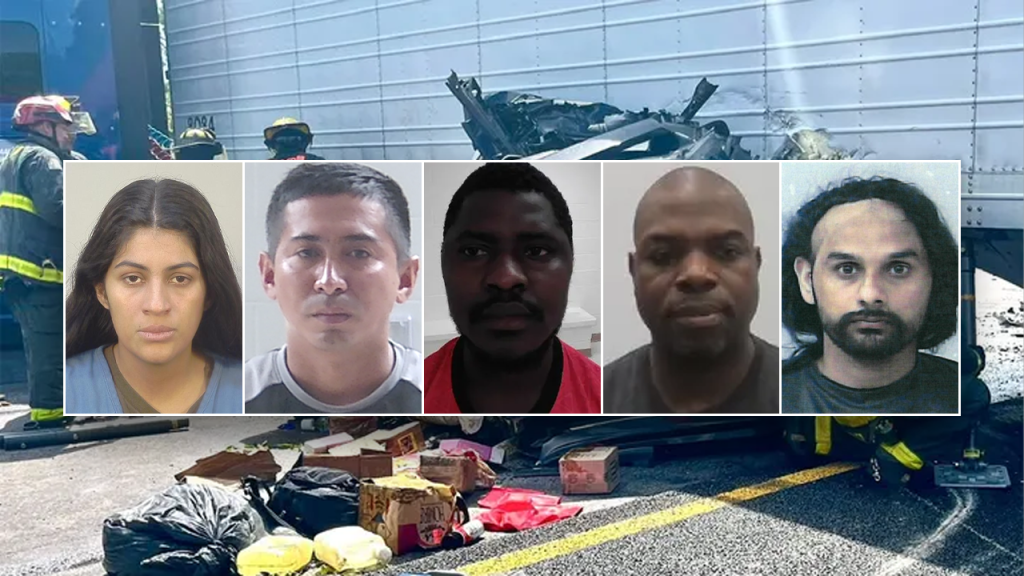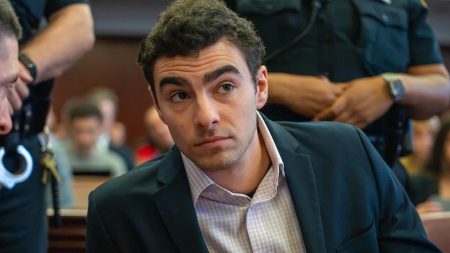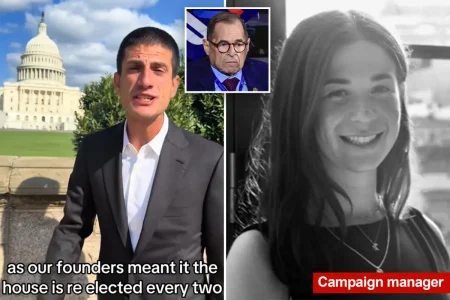The Troubling Rise in Fatal Traffic Incidents Involving Undocumented Immigrants
Recent weeks have seen a disturbing pattern emerge across the United States as authorities report multiple fatal traffic incidents allegedly caused by undocumented immigrants. These tragic cases have ignited renewed concern about immigration enforcement and public safety. “It seems to be almost a daily occurrence where an illegal alien driving kills innocent Americans,” stated Tricia McLaughlin, Assistant Secretary for Public Affairs at the Department of Homeland Security. She emphasized that these deaths could have been prevented if the individuals had not been in the country illegally. The human toll of these incidents extends beyond statistics, leaving families devastated and communities searching for answers about how these tragedies could have been averted.
The cases span multiple states, each with its own heartbreaking narrative. In Louisiana, 15-year-old boy was struck while riding his bicycle in Livingston Parish by 31-year-old Juan Alfredo Chavarria Lezama. Despite emergency medical efforts, including airlifting the teen to a hospital, the young victim succumbed to his injuries. Chavarria now faces serious charges including vehicular homicide and driving while intoxicated, compounded by the fact he was driving without a license. In Maine, two separate incidents occurred within days of each other. Lionel Francisco, a 31-year-old Angolan national whose tourist visa expired in July, allegedly drove over a curb in Lewiston and struck a Massachusetts woman walking near a park. Though Francisco remained at the scene and cooperated with investigators, he was only operating with a learner’s permit. In another Maine tragedy, Mukendi Mbiya, also from Angola, is accused of killing a 64-year-old female pedestrian in New Gloucester. According to Immigration and Customs Enforcement (ICE), Mbiya had overstayed a tourist visa that expired in June 2019.
Perhaps one of the most alarming cases comes from Florida, where Harjinder Singh, allegedly in the country illegally from India, is accused of causing a crash that killed three people in a minivan near Port St. Lucie. Investigators discovered troubling details about Singh’s competency as a driver – he reportedly failed to recognize three out of four highway traffic signs and correctly answered only two questions out of twelve in an English proficiency assessment. Despite regulations prohibiting undocumented immigrants from obtaining commercial driver’s licenses, Singh somehow received one from Washington state in 2023, followed by a limited license from California. Records indicate he entered the United States illegally in 2018, was denied work authorization under the first Trump administration, and allegedly attempted to flee to California after the deadly crash before being apprehended in Stockton.
The Wisconsin case of Noelia Saray Martinez-Avila further illustrates the complex issues at play. The 30-year-old is accused of driving the wrong way before crashing into a vehicle carrying two high school sweethearts near Madison, killing them both. What makes this case particularly troubling is that Martinez-Avila reportedly had a previous conviction for drunk driving in 2020, raising questions about how she remained on the road and in the country despite this prior offense. DHS spokesperson McLaughlin specifically highlighted this tragedy, noting that “Hallie Helgeson and Brady Heiling had their whole lives ahead of them—and they would still be alive today if it weren’t for Noelia Saray Martinez-Avila—a criminal illegal alien from Honduras.” She further claimed that ICE had filed a detainer request that local authorities did not honor due to sanctuary policies, introducing another layer of controversy to an already fraught situation.
These incidents have reignited debate about immigration enforcement and sanctuary policies across the country. Critics point to these tragedies as evidence that more stringent immigration controls are needed, while advocates for immigrant communities worry about potential overreactions that could lead to discrimination or profiling. The political dimensions are unavoidable, with the report noting that President Donald Trump campaigned heavily on fighting crimes committed by migrants and that a nationwide crackdown has been underway since his return to office. The tension between federal immigration authorities and local jurisdictions with sanctuary policies continues to complicate enforcement efforts, as evidenced by the Wisconsin case where an ICE detainer was reportedly not honored.
Behind the political debates and policy discussions are the real human costs of these incidents. Young lives cut short, families forever altered by loss, and communities left wondering how these tragedies could have been prevented. The 15-year-old Louisiana boy on his bicycle, the pedestrian in Maine, the three people in the Florida minivan, and the Wisconsin high school sweethearts all represent more than just statistics in an immigration debate – they were individuals with futures, relationships, and dreams that ended abruptly. At the same time, the accused drivers now face not only serious criminal charges but also potential deportation, their lives also irrevocably changed by their alleged actions. The complex interplay of immigration policy, traffic safety, law enforcement priorities, and human behavior continues to challenge policymakers and communities alike as they search for solutions that can prevent such heartbreaking incidents in the future.












